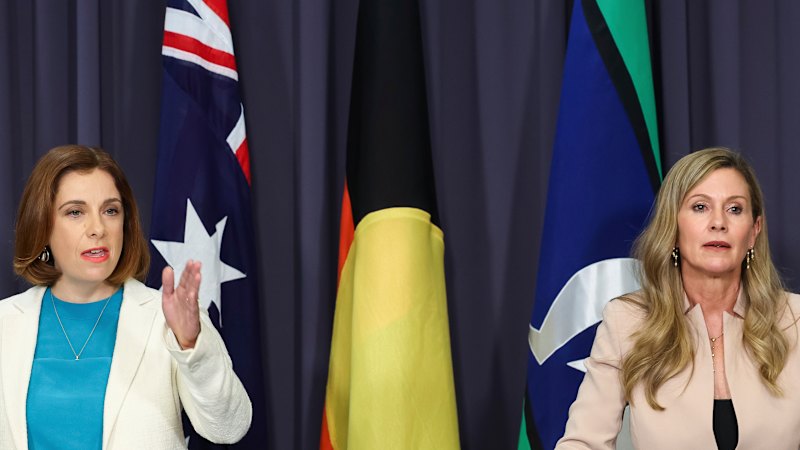
December 10 marks a significant shift for social media users in Australia, especially for those under the age of 16. The eSafety Commissioner is set to enforce age verification measures across major platforms, including YouTube, Facebook, Instagram, Threads, Kick, Reddit, Snapchat, TikTok, and X (formerly Twitter). However, the specifics of how these measures will be implemented remain largely undefined, leaving many questions unanswered as the deadline looms.
The announcement comes as platforms are expected to take “reasonable steps” to prevent under-16s from having accounts. While the eSafety Commissioner has not prescribed specific methods, platforms are required to employ age assurance technologies. This approach aligns with the Age Assurance Technology Trial’s final report, which also refrained from endorsing specific technologies.
Understanding Age Verification Methods
Age verification methods are a critical component of the new regulations, yet details remain sparse. Platforms are prohibited from relying solely on self-declared ages, a common practice on many websites. Instead, more robust methods are encouraged, such as government ID verification, although this cannot be the sole method due to privacy concerns.
Some platforms, like Snapchat and Kick, have indicated plans to introduce a range of measures, but specifics are still forthcoming. Meta and TikTok have emphasized compliance with the minimum age act but have not provided concrete details on their strategies.
Global Practices and Challenges
In the United Kingdom, platforms like Pornhub have implemented a combination of email-based age estimation and credit card verification. However, age estimation through facial scans has been criticized for inaccuracies and biases, particularly concerning skin tone. These challenges highlight the complexity of implementing effective age verification systems.
Data Security Concerns
With the introduction of age verification, concerns about data security have surfaced. Prime Minister Anthony Albanese has dismissed fears that the digital ID feature would compromise user data, emphasizing the policy’s intent to empower families and protect young Australians.
Platforms must adhere to the Privacy Act, encouraging the use of non-sensitive personal information. If sensitive data, such as government IDs, is used, platforms are not expected to retain it. LinkedIn, for example, uses third-party verification without storing biometric data.
Potential Risks and Best Practices
Experts warn of risks associated with third-party providers that lack adherence to global standards. The potential for scammers posing as legitimate age verifiers also poses a threat. eSafety recommends platforms adopt a “waterfall approach,” using multiple methods to ensure accuracy and security.
What Happens on December 10?
The enforcement of the social media minimum age act begins on December 10, requiring platforms to remove accounts identified as belonging to under-16s and implement preventive measures against new account creations by minors. However, the exact timing and method of account removal may vary.
Platforms like Meta have confirmed that under-16s can archive their accounts, allowing reactivation upon reaching the age of 16. TikTok offers a similar option, providing users the choice to archive or delete their accounts.
Addressing Mistakes and Appeals
There is a possibility of users being incorrectly identified as under 16, especially non-residents in Australia on December 10. eSafety mandates accessible appeal processes for such cases, though platforms have yet to detail how these will be handled.
Enforcement and Consequences
Platforms bear the responsibility for compliance, facing penalties up to $49.5 million for non-compliance. They are expected to detect circumvention attempts, such as the use of VPNs, and have reporting systems for flagging suspected underage accounts.
As the December 10 deadline approaches, the lack of clarity from platforms continues to fuel uncertainty. Users and parents alike are left to navigate this new landscape with limited information, awaiting further guidance from both regulators and social media companies.
Stay informed with the latest updates by signing up for our Morning Edition newsletter, providing a daily summary of the most important stories, analysis, and insights.





